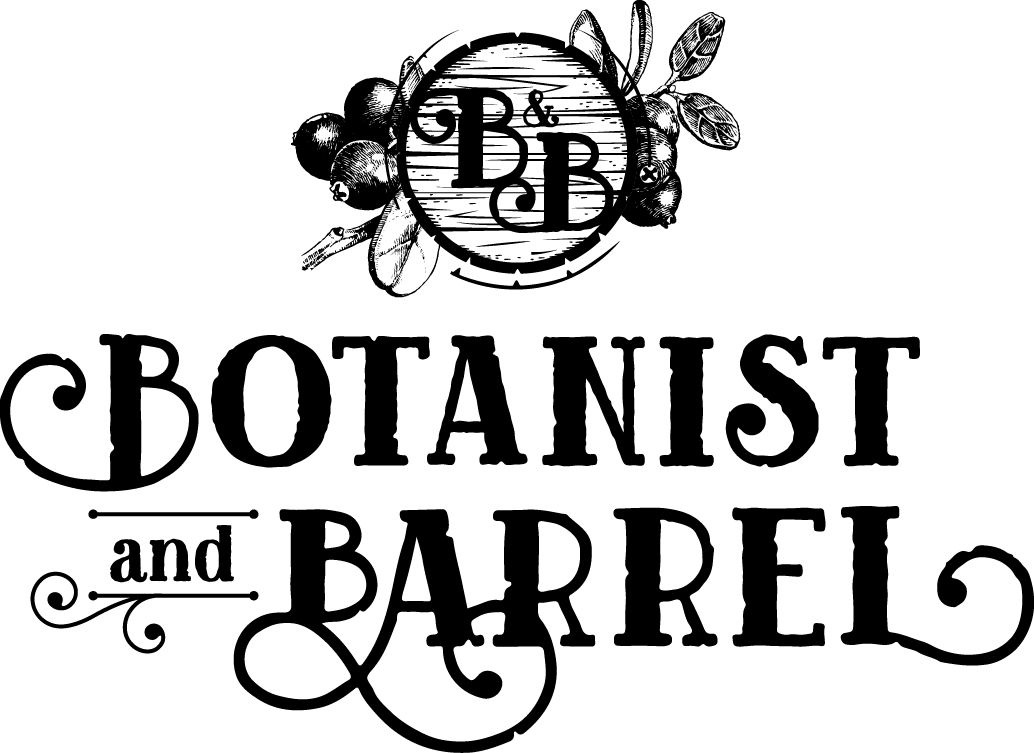Paw Paw Renaissance
This native fruit is seeing huge interest. It tastes like a mango and a banana had a baby!
The pawpaw (Asimina triloba) is more than just a quirky fruit with a tropical flair—it’s a piece of American history, deeply rooted in the culture and traditions of this land. Native to the temperate regions of North America, the pawpaw was a staple for Native American tribes long before European settlers arrived. Its creamy, custard-like flesh, tasting like a blend of banana, mango, and melon, made it a treasured food source. Despite its rich flavor, the pawpaw never reached commercial success due to its short shelf life and delicate nature. Yet, it’s exactly these qualities that make pawpaw cider so special.
Pawpaw trees thrive in diverse environments, contributing to biodiversity and supporting local ecosystems. Their fruit, rich in vitamins A and C, potassium, and magnesium, offers both health benefits and a unique flavor profile that’s unparalleled in cider making. When co-fermented with apples, the pawpaw’s tropical notes create a cider that’s both fresh and complex.
In recent years, the pawpaw has experienced a resurgence, not just in culinary circles but also in craft beverages like cider. It’s more than just a trend—it’s a reconnection with a fruit that has been cherished for centuries. Pawpaw cider isn’t just a drink; it’s a celebration of heritage, flavor, and the rich biodiversity that defines North Carolina’s terroir.
Want to grow your own paw paws?
They can be a challenge to get started but the wait is worth it. You can find paw paw trees as select nursery’s or grow the from seed!


